project Facebook

CROATIA
MUSEUM ZAGREB
The Zagreb City Museum is a restored monumental complex of the Convent of the Poor Clares of 1650. The museum is dedicated to the cultural, artistic, economic, and political history of Zagreb. You can learn from the prehistory to Roman times to the modern period of Zagreb. The collection also includes paintings, flags, military uniforms, coats of arms, maps, city views, and furniture. 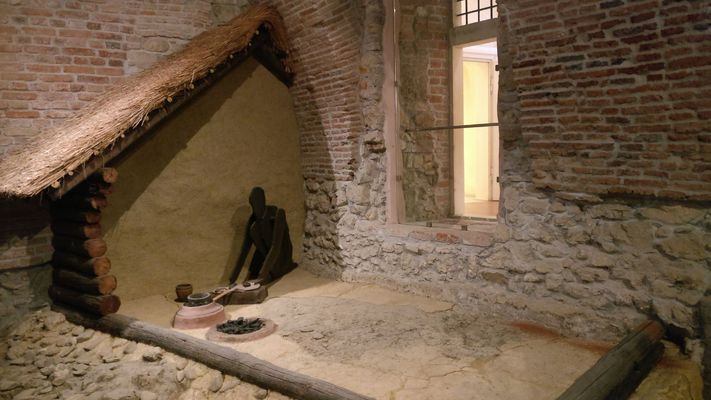
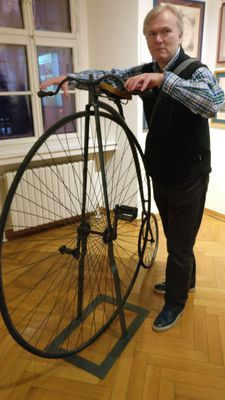
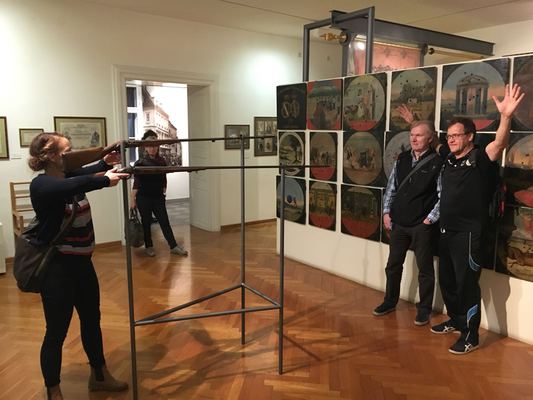
There are a children's film and cartoon exhibition. We took Czech little mole with us to this museum.
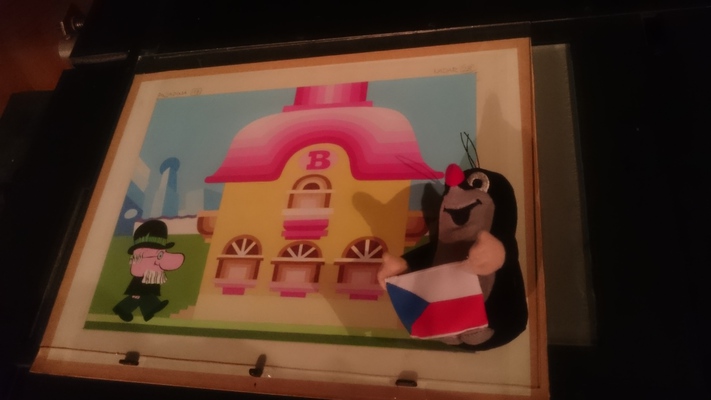
There are miniatures of the city buildings.
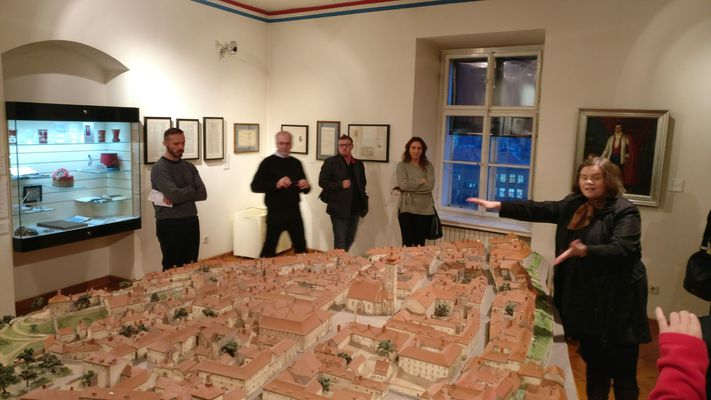
The famous St. Mark Church is in the middle of this miniature model.
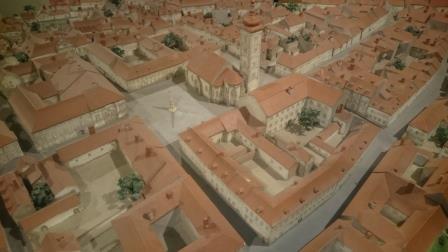
The Zagreb´s Cathedral is on the left.
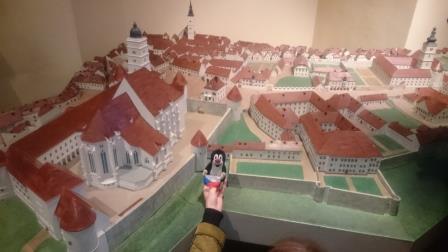
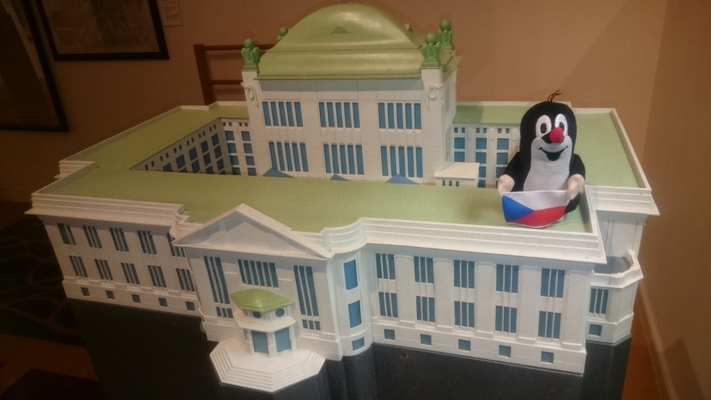
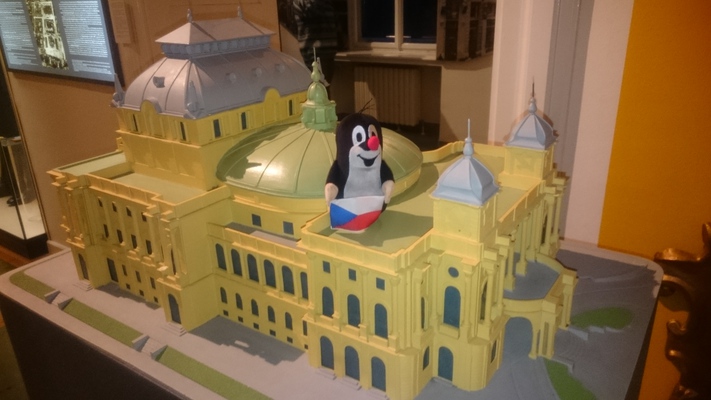
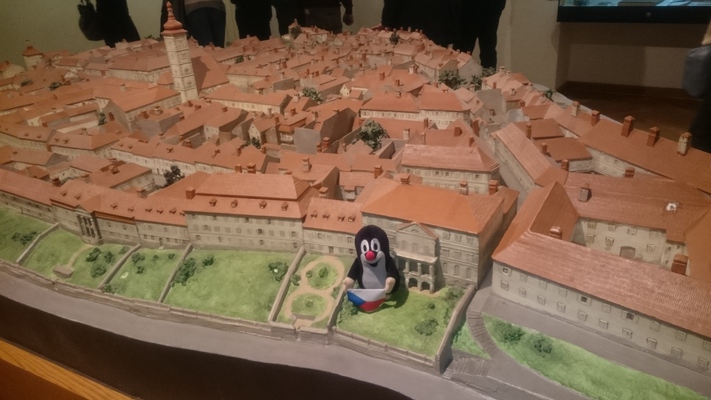
CZECHIA
NATIONAL MUSEUM, PRAGUE
The National Museum exhibits natural scientific and historical collections.
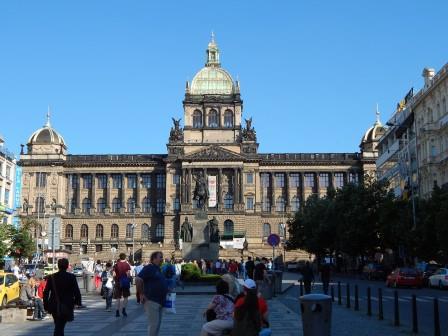
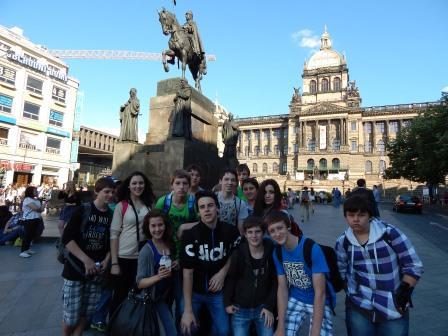
People often meet at the St. Wenceslas statue.
MODERN ART GALLERY in OSTRAVA
Czech pupils visit Art gallery in Ostrava to learn about modern and Czech Art. This museum also prepares interesting workshops for children. In the pictures, you can see paint of Josef Čapek who died in the Concentration camp in Mauthausen, and his paintings with the hill and smoke look like he could see the future. The next painting of Ostrava´s heap was painted by Jan Zrzavý. We chose these painters for our Polish partners when we worked on the chain painting task. The last picture from the Otava River was painted by Václav Špála, another famous Czech painter.
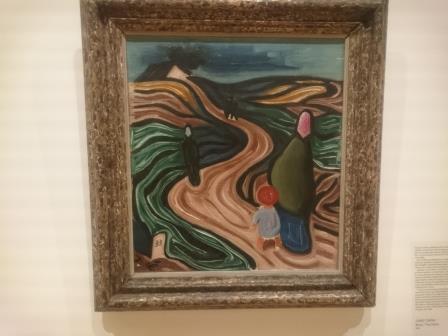
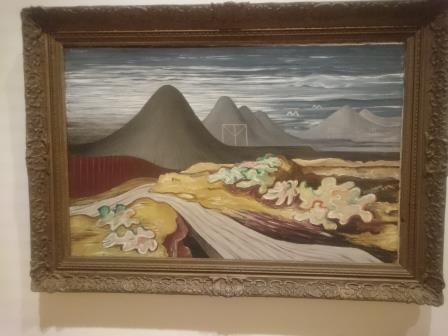
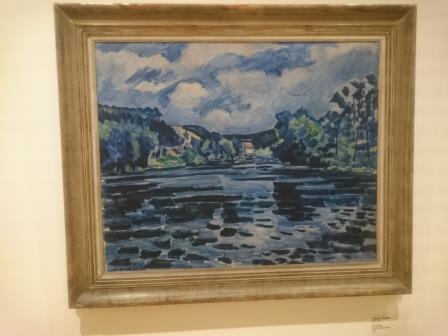
IQ LANDIA SCIENCE MUSEUM LIBEREC
40 STEM talented pupils visit the oldest Science museum in Liberec called IQ Landia.
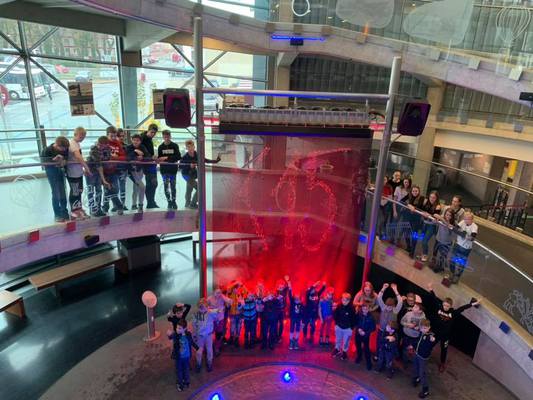
FINLAND
WORLD HERITAGE SITE SUOMENLINNA
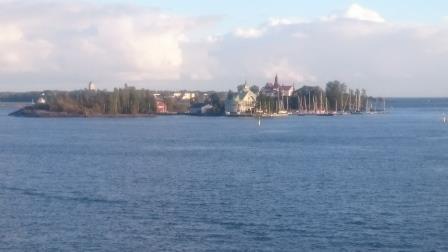
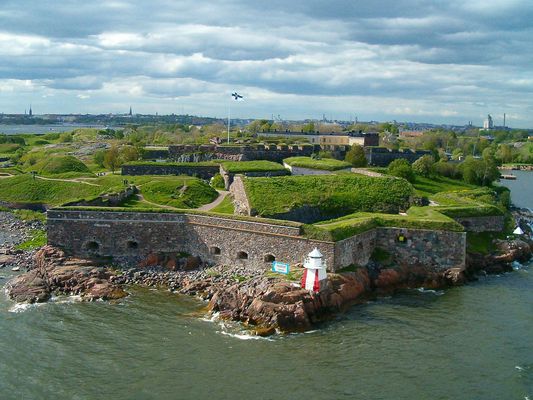
Suomenlinna is a cultural treasure. Its construction began in the mid-18th century when Finland was still part of Sweden. The whole island is the museum. There are several buildings and some of them are museums, You can learn a lot about the life of the soldiers, about the building of this fortress and life the people. There is also a submarine which is also a museum. In a little village, people still live their ordinary lives. It is the most famous museum in Helsinki.
CARELICUM MUSEUM HILMA
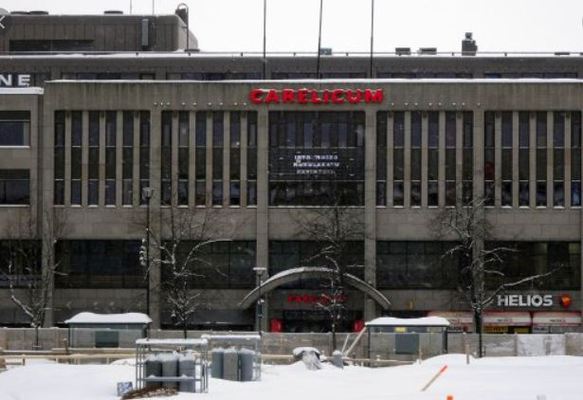
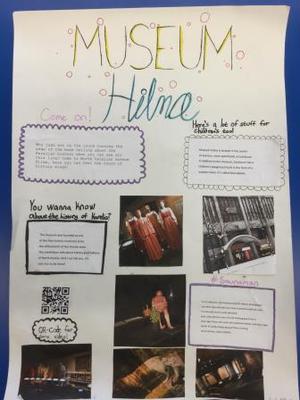
North Karelian museum Hilma is located in the centre of Joensuu. There are several permanent exhibitions, for example, a display the prehistory and the history of Karelia and North Karelia. This museum organizes temporary exhibitions and presents different kinds of interesting themes from Finland and abroad.
JOENSUU ART MUSEUM ONNI
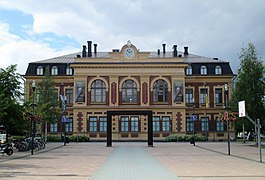
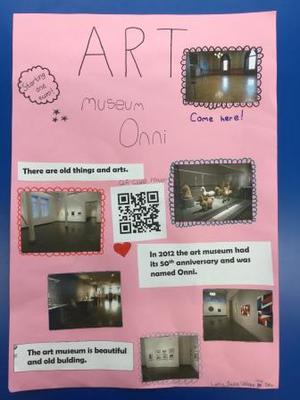
In Joensuu Art Museum, a permanent collection introduces Antiquities, Chinese art, Central and Southern European paintings and sculptures from the 14th century onwards. There is also a display of Finnish art from the 19th and 20th centuries in the form of paintings, sculptures, and ceramics.
ITALY
CENACOLA MILAN
LAST SUPPER - the world-known painting of Leonardo da Vinci you can see in this museum. It was painted in dangerous times, many little wars were going on and there were many thieves. So Leonardo was asked to paint this picture as Fresca on the wall to make sure that nobody could take it away. This painting was almost destroyed in an earthquake but it survived. The biggest problem now is the time because Leonardo used a new method and the panting is fading away. Leonardo used perspective and when you watched his painting with Jesus´disciples on the wall, you can think that they are sitting in the same room with you.
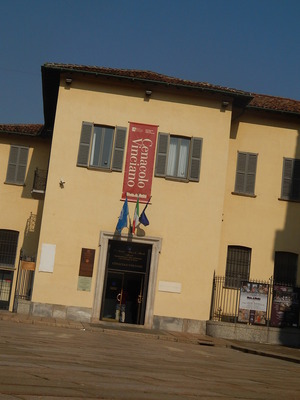 h
h
FILM MUSEUM in TORINO
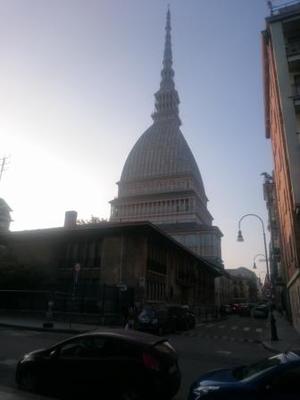
In this museum, we can see the history of film and many film masks and costumes. We can also listen to famous film music while we walk upon the stairs around the inner part of the tall tower. It is an amazing place and you can learn a lot!
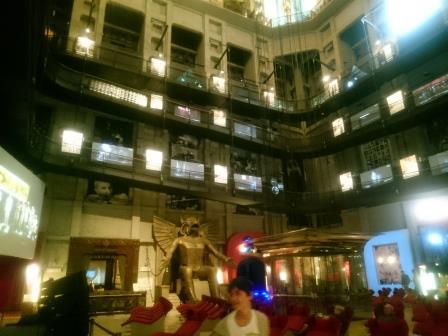
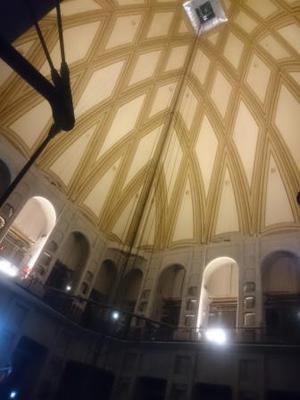
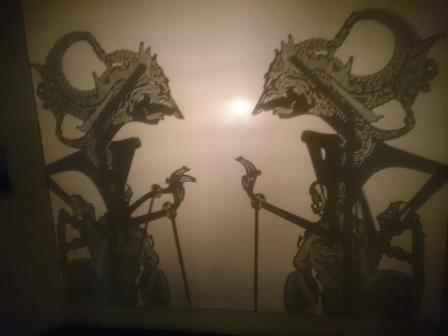
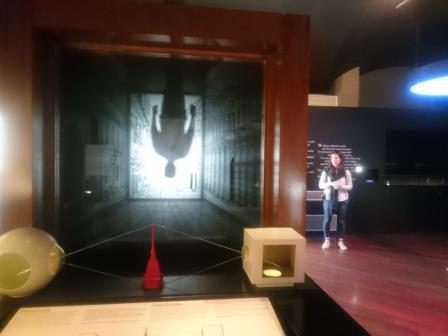
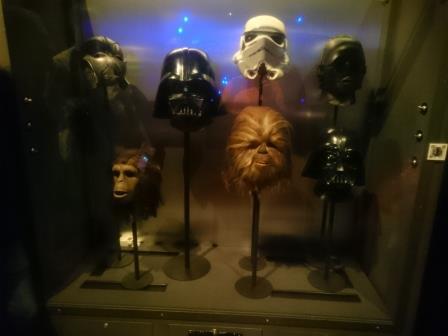
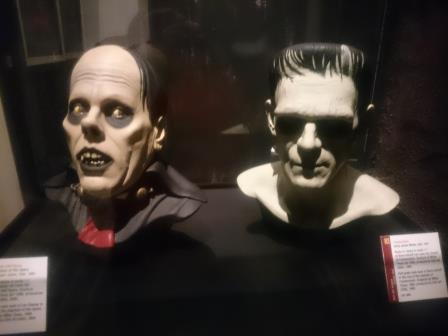
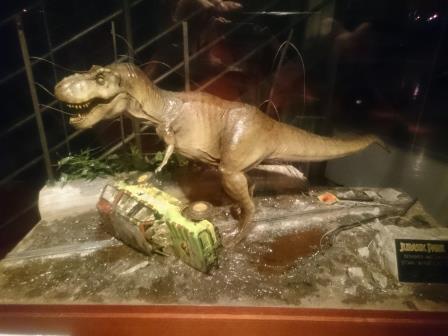
POLAND
WIELICZKA SALT MINE MUSEUM
40 talented Czech pupils visited the salt mine museum in Wieliczka in Poland. This museum is very closed to the border and Ostrava is close to the border too, so the trip takes about 2 hours there. It is one of the most popular museums in Poland, it is the cultural heritage. It is very deep. You can see how the stone salt was dug out many years ago. The miners made statues from salt and even a whole church with the altar. Children can try to mine the salt in the old way. It is quite dark and narrow down there.
It's a subterranean labyrinth of tunnels and chambers – about 300km distributed over nine levels, the deepest being 327m underground and only a little part which takes 2 hours is open to tourists. There are 9 floors. First-time visitors take a standard 'tourist' route of the main sights, while return visitors can choose for a more-immersive 'miners' route.
On the 3rd floor, there is the Krakow Salt Work museum with much interesting information. The most beautiful is the King´s hall decorated with furniture, chandeliers, and things curved from salt stones.
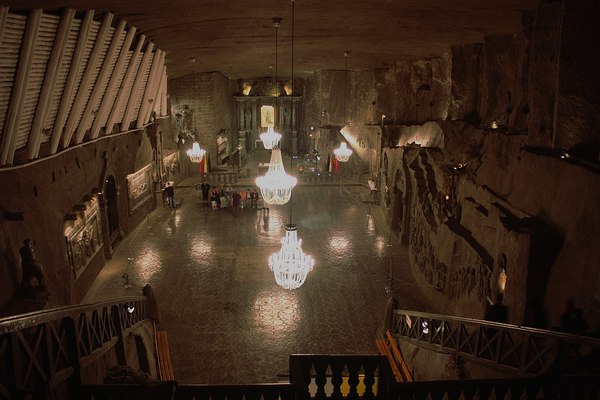
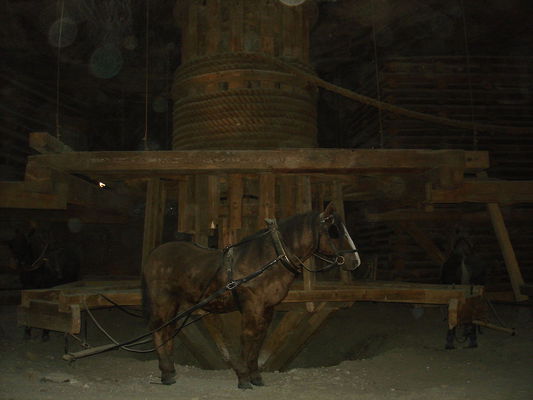
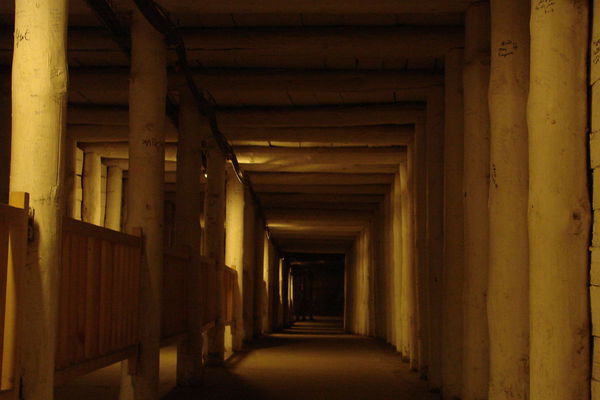
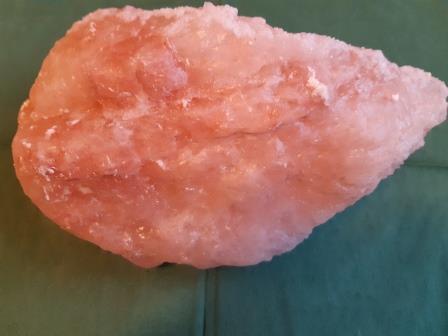
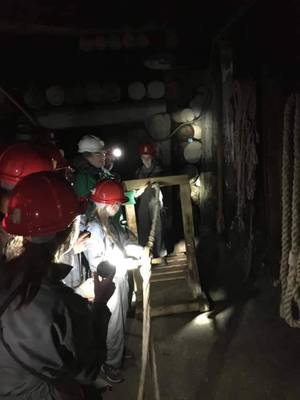
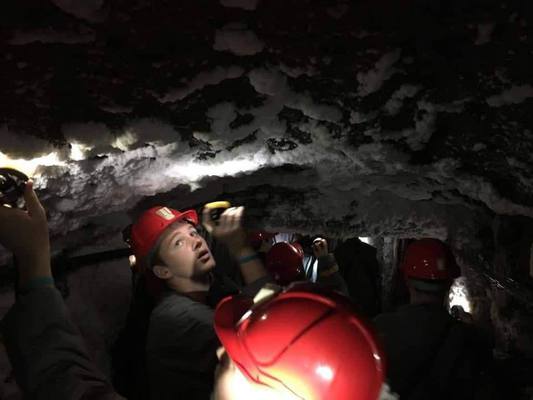
CHOPIN BIRTH HOUSE MUSEUM
International and Polish pupils visited this museum which is located in Želazowa Wola near Lodge in May 2019. You can see the house where the greatest Polish piano player and composer was born. There is the piano which he used to play on. Concerts are held in this place. There are a park and a memorial.
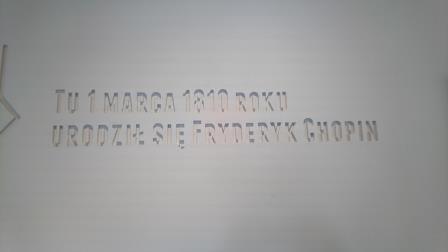
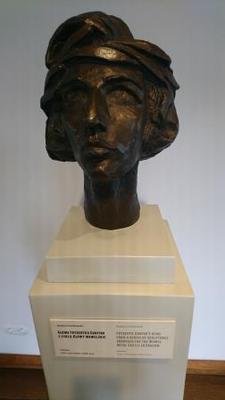
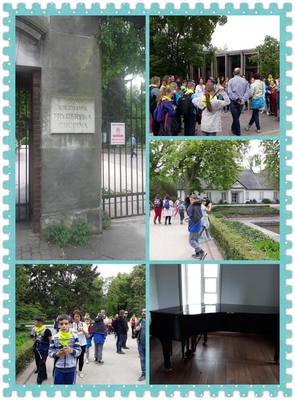
OCEANIKA
Czech pupils visited Oceanika in Swietokrzysko before LTTA 1 in Poland in May 2018. They learnt about the fish environment. It is near our partner school in Dabrowa.
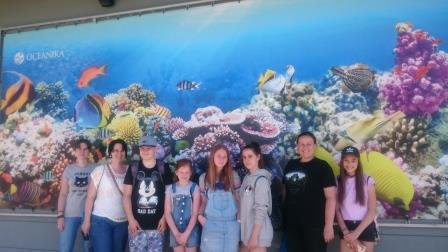
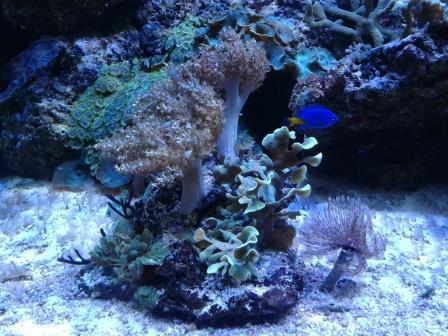
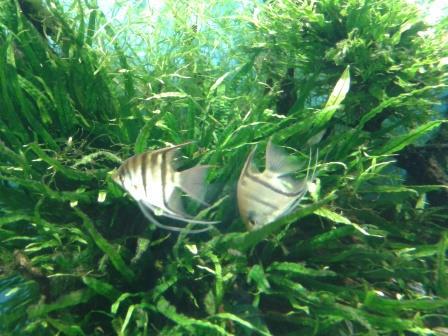
PARK MINIATURE
Czech and Spanish pupils visited Park Miniatur in Swietokrzysko before LTTA 1 in Poland in May 2018. They learnt about the architecture and sights of interest in the surroundings of our hosting school which is located in Dabrowa nad Czarna.
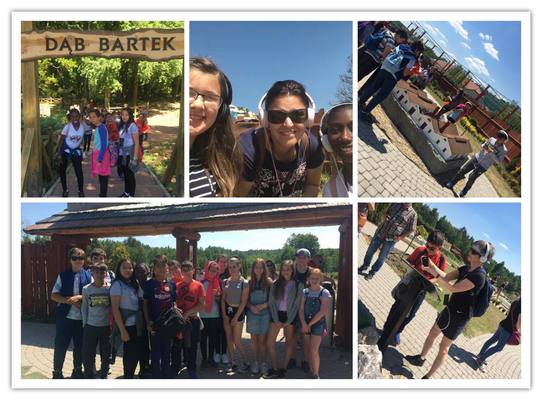
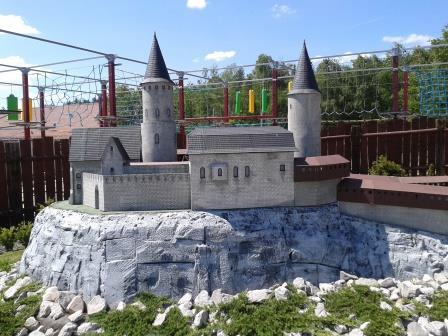
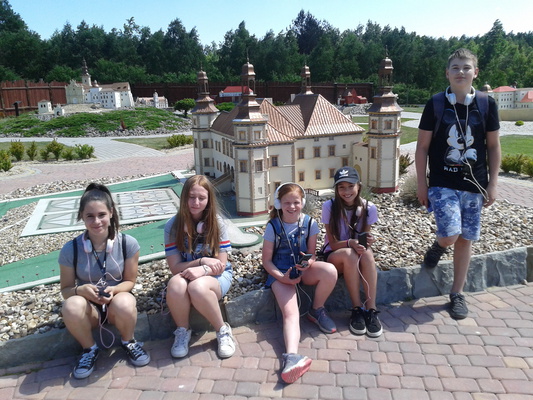
ROMANIA
CAUCESCU MUSEUM IN BUCUREST
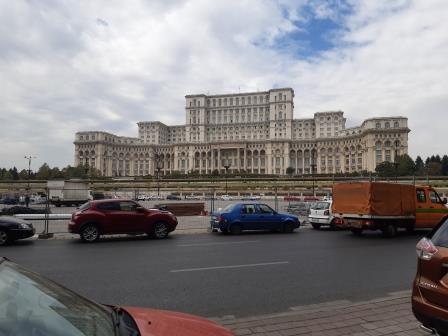
This is the Ceausescu Palace in Bucuresti. It is the seat of the Romanian parliament. The huge halls and corridors are decorated and visitors are allowed to see some of them. How long the tour will depend on the Parliament sessions and other events. So the tour can take from 45 minutes to 3 hours.
SALT WORK MUSEUM
This museum is in salt works. They are still excavating the stone salt. The museum is on the tourist floor 9. To get there, you must go by bus to spiraling wide street. The corridors are really wide and high. After the visit of another salt museum Wieliczka in Poland, they built a Christian chapel here too. This floor is used also as a salt cave to cure lung diseases. A theatre is here too. Children and adults can do recreational sports activities, even play floorball or volleyball. The mining museum is here too. It informs about the history of salt mining, digging technology, and machinery.
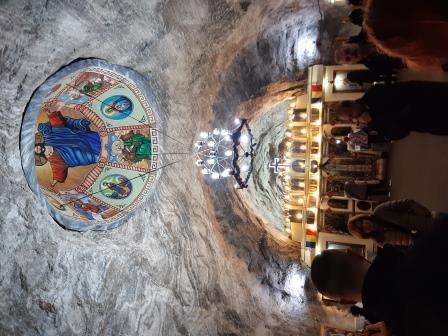
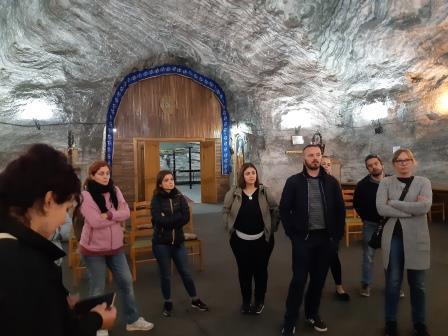
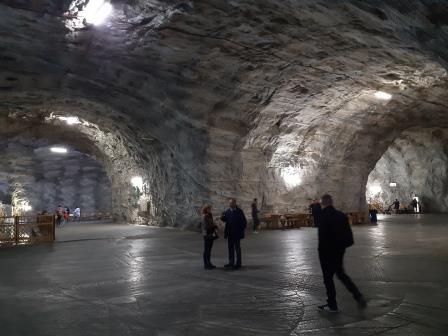
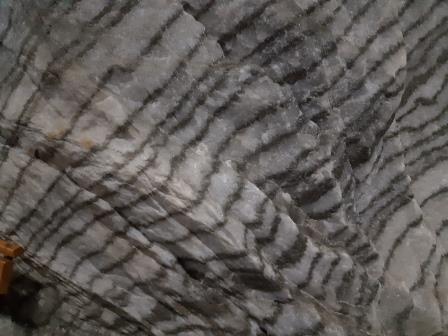
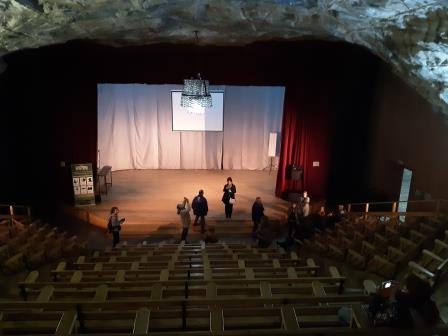
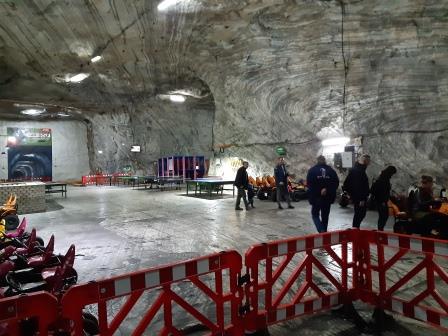
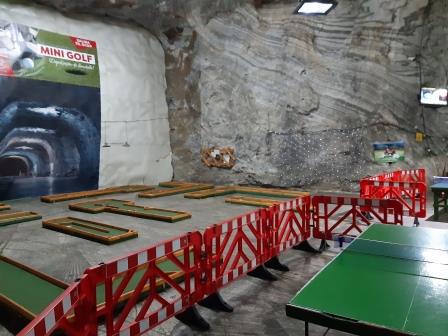
VISIT THE PALACE OF CULTURE-IASI
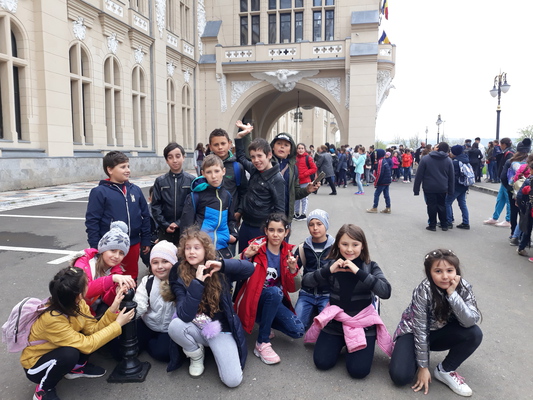
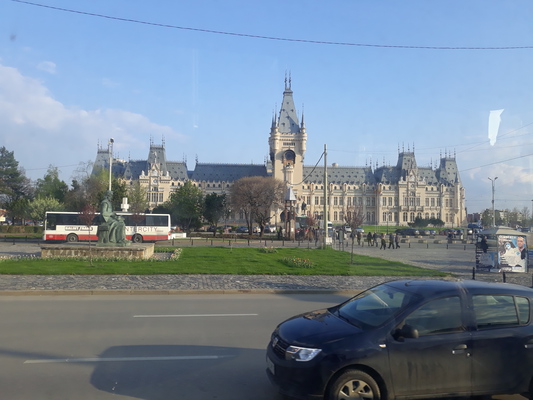
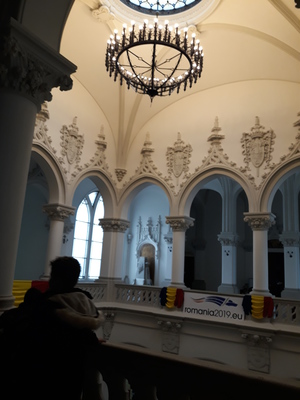
Visit the museum "Painter Nicolae Grigorescu"
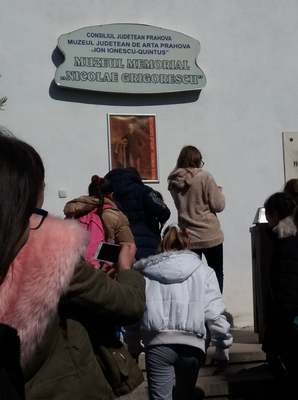
SPAIN
OCEANOGRAFIC MUSEUM
In this museum, you can see fish, birds, and other animals who live in the sea or its surroundings. It is in a modern building. The exhibition place is full of interesting things and information. There is a dolphin show and you can help to feed the animals. Participants of LTTA 2 visited this museum in May 2019.
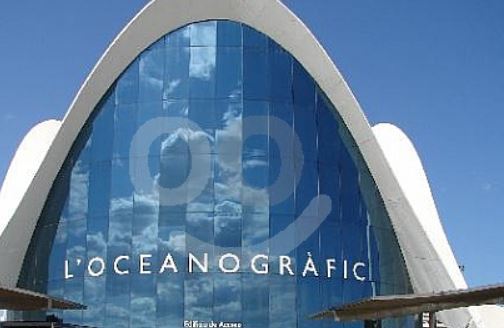
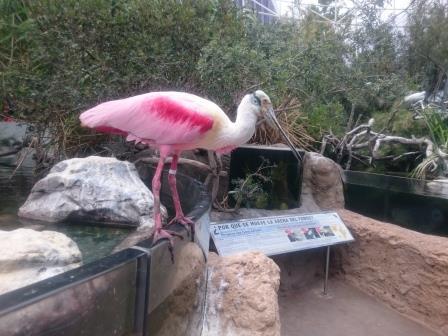
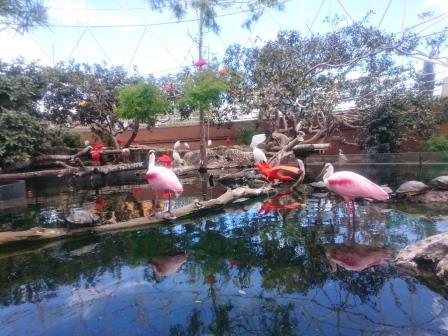
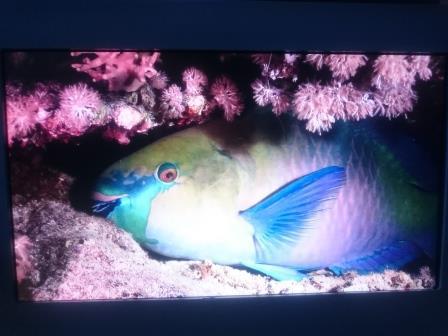
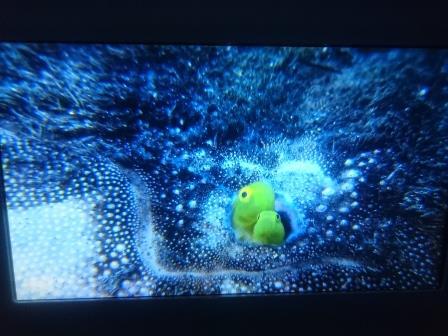
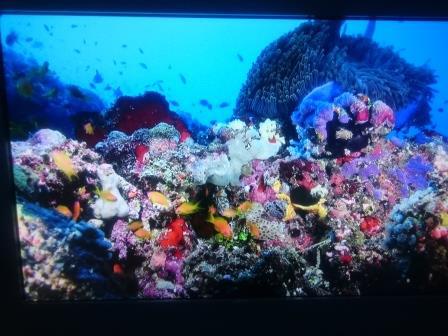
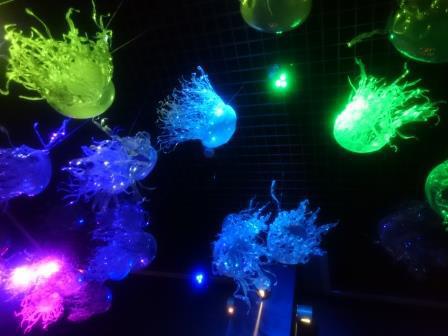
CERAMIC MUSEUM, VALENCIA
González Martí National Museum of Ceramics and Decorative Arts
This museum is dedicated to ceramics (with special importance to Valencian ceramics), porcelains, and other decorative arts such as textile art, traditional costumes, and furniture. Also, the building is historic and very nice. Participants of LTTA 2 visited it in May 2019.
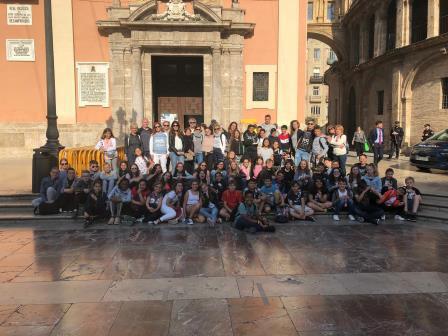
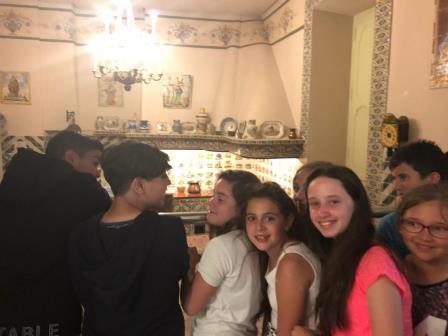
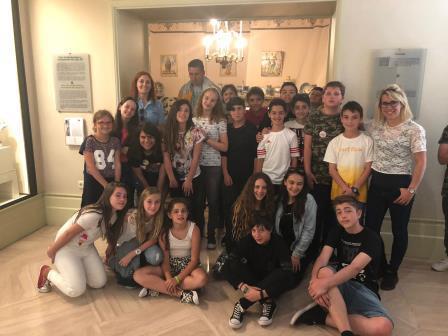
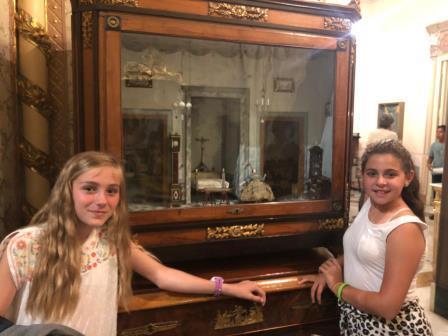
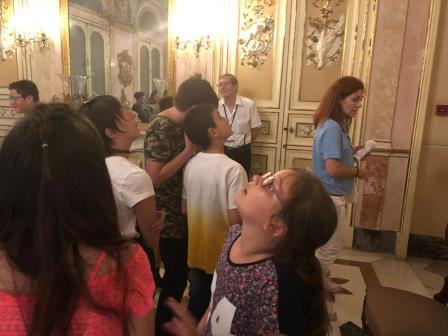
SCIENCE MUSEUM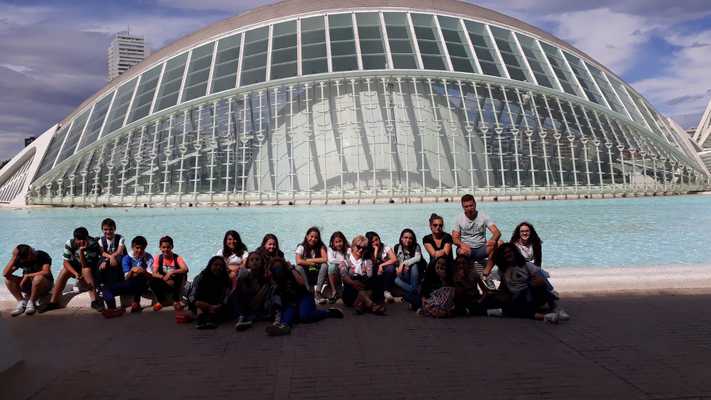
This is a Science museum in the modern centre next to the Oceanographic Museum. There are many great science exhibits and you can try them. Our international group went along it on our way to Gulliver Park, one Czech boy and teacher visited it during LTTA 2 Meeting in May in 2019. They said that it was worth to see it. All other participants went to see Gulliver´s slides in the park.
GO TO NEXT PAGE - NEW TOPIC: MEETING IN ITALY